- The presentation covers the development of a new material model based on Slaps, Operators, and Trees
- explains what these three concepts represent and the issues they aim to resolve
- shows the implementation details, data storage, and integration into the rendering pipeline
- additionally presents how to integrate visualization for tool purposes
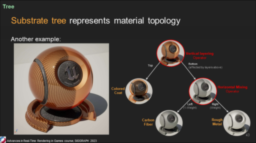
- The article provides an overview of ray tracing rendering concepts
- shows a summary of different methods such as Ray Marching, Cone tracing, and photon mapping
- discusses how it fits into the rendering pipeline as well as what phenomenons it enables to be simulated

- The blog post describes a brief overview of the Gaussian Splatting technique
- how it compares to previous techniques
- additionally discusses memory and performance of the demo application
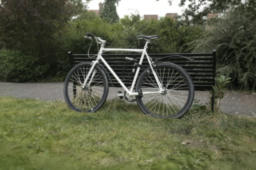
- The article discusses a technique to implement atomic min/max operations on HLSL (that doesn’t support it natively)
- presents how to map floats into uints and reverse the mappings

- The blog post shows the importance of thinking in gradients
- Consider acceptable input domains and output ranges to prevent errors and unexpected results
- Utilize periodic functions, trigonometry, dot products, and exponentiation for various shader effects and measurements
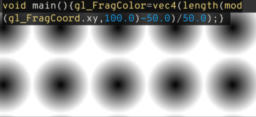
- The article introduces how to encrypt/decrypt are methods to allow reversible changes to data
- shows how to generate cheaper models than cryptographical methods to solve specific problems
- expands the concepts to present a method that allows grouping and shuffling in a stateless manner
- provides source code for a couple of examples of the presented techniques
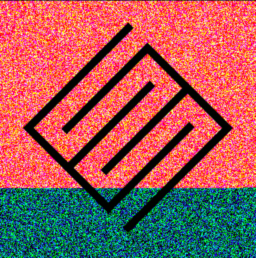
- The video presents a comparison of 3D Gaussian Splatting for Real-Time Radiance Field Rendering against Instant NeRF techniques
- discusses a summary of the technique and how it can achieve the results without using any neural networks
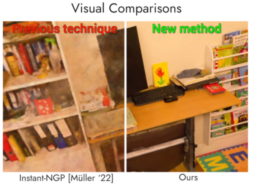
- The video provides a discussion of ocean simulation and shading
- presents an overview of the theory, mathematics, and practical considerations for implementation
- additionally presents a look at the shading models for water surfaces

- The article presents a brief discussion of Aliasing in computer graphic
- presents how the sampling patterns cause the artifact
- additionally presents techniques to resolve the artifacts

- The presentation provides a detailed look at how the rendering API for HypeHype was rewritten for a modern mobile architecture
- discusses a large spectrum of topics from API design approach, memory API, data update frequency
- shows in detail how the draw operations are represented for the most efficient rendering performance
- presents performance numbers on PC and various mobile hardware

- The presentation covers the terrain rendering methods used in previous Call of Duty and shows the shortcomings
- discusses how the new method virtual texturing method improves upon the issues
- shows the implementation details as well as new capabilities that have been enabled
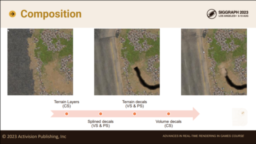
- The article presents the steps necessary to use the GFXReconstruct on Android
- how to capture the information and replay it at a later date

Thanks to Bruno Opsenica for support of this series.
Would you like to see your name here too? Become a Patreon of this series.